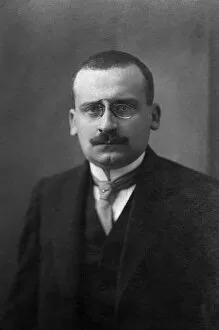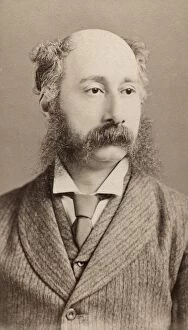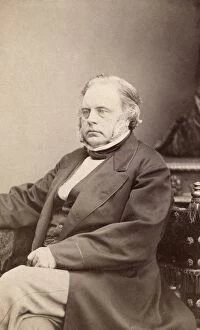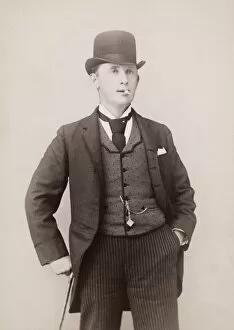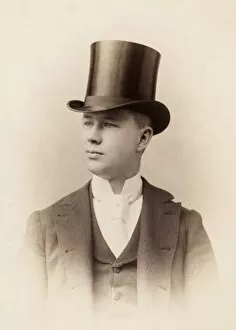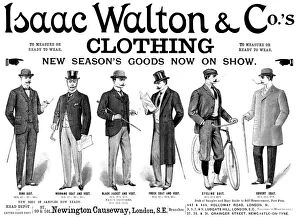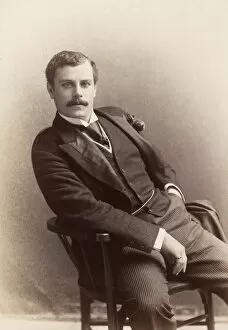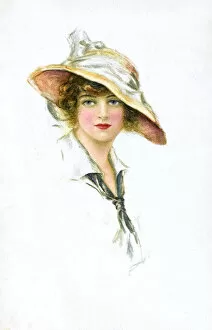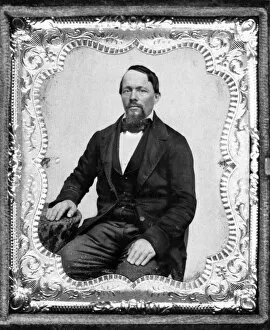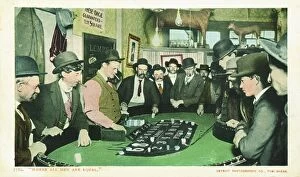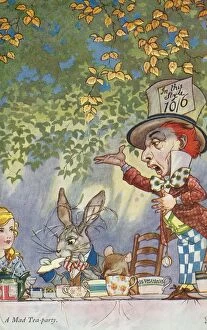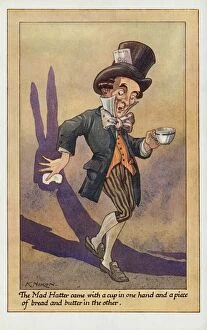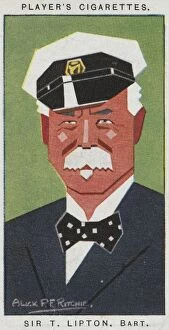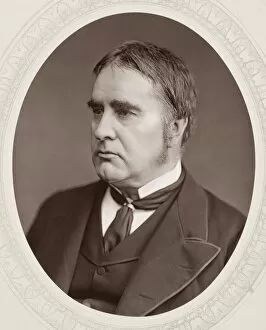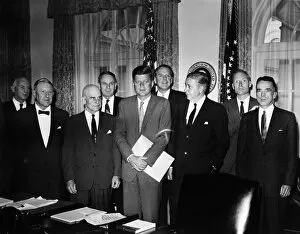Necktie Collection (page 14)
"The Necktie: A Timeless Symbol of Elegance and Individuality" From the dashing poet Rupert Brooke to the poised Princess Elizabeth
For sale as Licensed Images
Choose your image, Select your licence and Download the media
"The Necktie: A Timeless Symbol of Elegance and Individuality" From the dashing poet Rupert Brooke to the poised Princess Elizabeth, the necktie has adorned many iconic figures throughout history, and is a small accessory that speaks volumes about one's personality and style. In 1913, as captured by Sherill Shell's lens, Rupert Brooke donned a necktie with effortless charm. The English poet exuded sophistication, his tie adding an extra touch of refinement to his already captivating presence. Even royalty embraced this fashion statement. A young Princess Elizabeth, future Queen Elizabeth II, proudly wore her Girl Guide uniform complete with a neatly tied necktie. This early display of leadership and grace set the tone for her reign as one of Britain's most beloved monarchs. Oscar Wilde, the flamboyant Irish playwright known for his wit and audacity, sat in a chair wearing a perfectly knotted necktie. His portrait immortalizes not only his genius but also his impeccable taste in fashion. Paul Guillaume's oil-on-canvas masterpiece from 1916 showcases another facet of the necktie's allure. The subject exudes confidence and power while sporting an impeccably styled tie—a symbol of authority that transcends time. Thomas Eakins' photograph captures Samuel Murray circa 1890 sporting a classic bow tie—an elegant choice that adds flair to any gentleman's ensemble. The timeless appeal of such ties continues to inspire modern-day fashionistas seeking sartorial excellence. Samuel Sewall donned both periwig and long coat in an unknown artist's portrait from c1700-1720—his attire completed by a meticulously tied cravat or ascot-style neckwear. Such intricate details were essential during this era when men used their clothing choices to convey status and prestige. The Arrow shirt collar advertisement created by J. C Leyendecker in 1912 showcased how even accessories like collars could elevate a man's appearance.

